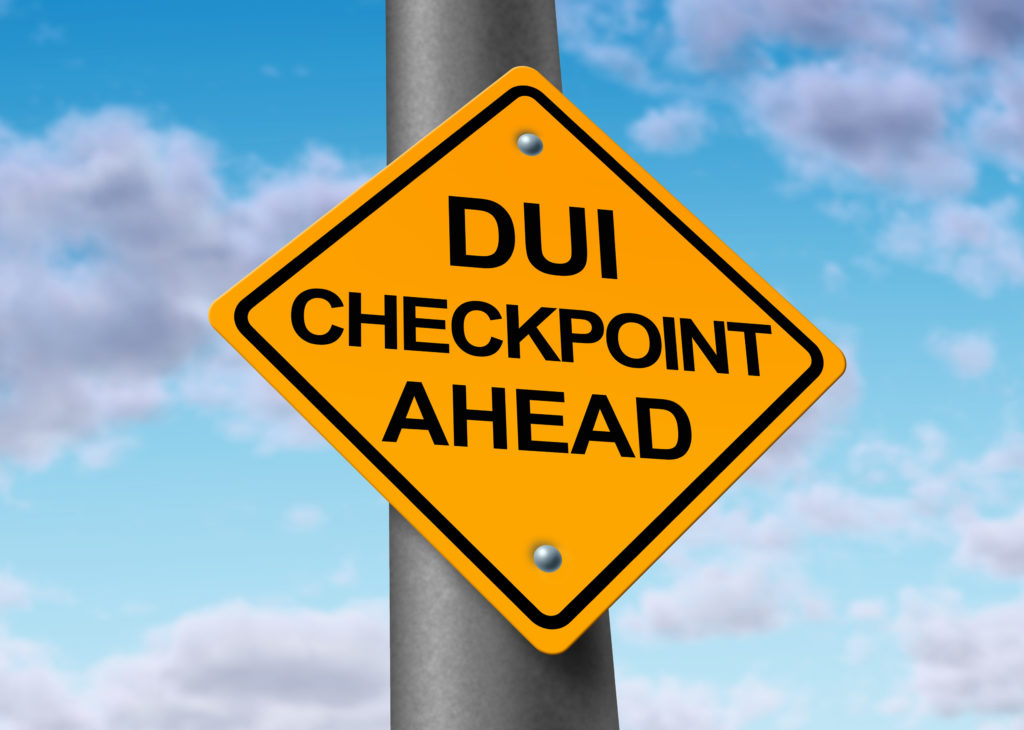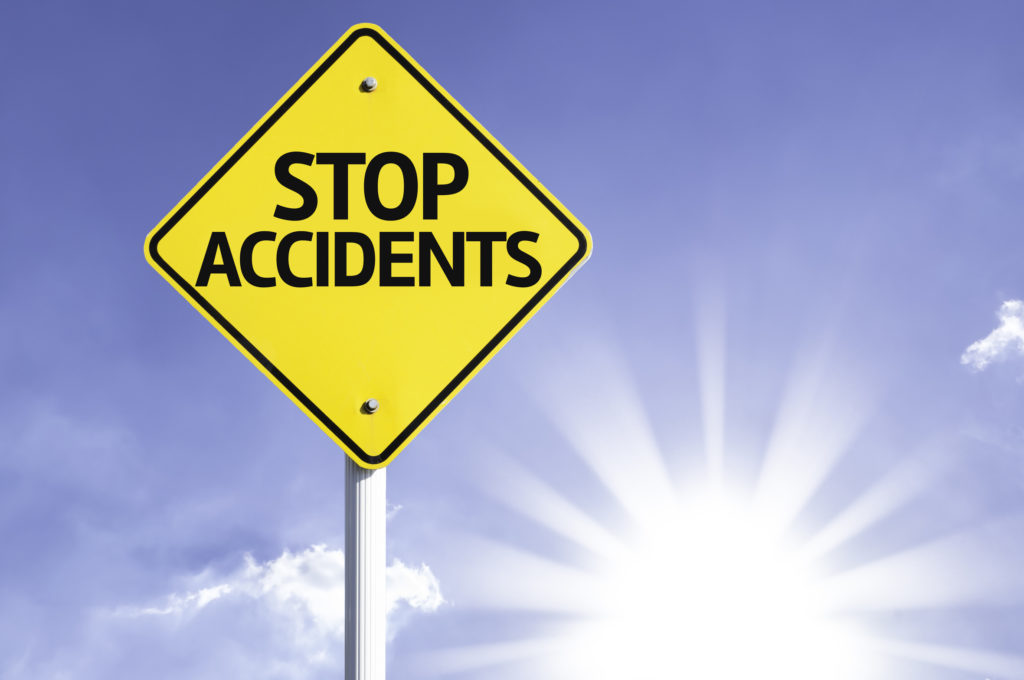The “single most important legislation” in the history of efforts made by Mothers Against Drunk Driving signifies “the beginning of the end of drunk driving,” according to MADD’s national president, Alex Otte.
In the midst of a $1 trillion infrastructure package implementation (which will be signed by President Joe Biden shortly), a mandate set forth by Congress to utilize technology to deter drunk driving is in the works. This requirement comes as part of the package’s efforts to boost vehicle safety as roadway deaths have reached their highest numbers since 2006–even though traffic numbers decreased significantly during the pandemic.
Systems programmed to monitor drivers and stop them from driving under the influence of alcohol would be installed in all new vehicles made as soon as 2026 under this new mandate; right now, the Transportation Department is working to determine which innovative technology should be implemented. Automakers will also be given sufficient time to comply with the requirement, as well.
In addition to this driver monitoring technology, roadways will see more protected green spaces and bike paths as part of the $17 billion given to road safety programs out of the infrastructure package itself. The Eno Center for Transportation noted that this has been the largest funding boost for such initiatives in decades.
These efforts come as new reports by the National Highway Traffic Safety Administration show that around 20,160 people suffered traffic crash fatalities during the first half of 2021, with factors such as failure to wear a seat belt, speeding, and, of course, driving under the influence of drugs or alcohol raising these numbers exponentially. Around 10,000 people die each year on American roadways in alcohol-related incidents–comprising nearly one-third of all yearly traffic deaths, NHTSA added.
This new legislation “will virtually eliminate the number one killer on America’s roads,” said MADD’s Otte.
The most likely technology to be installed and deter drunk driving, according to Guidehouse Insights principal mobility analyst, Sam Abuelsamid, will be driver-monitoring infrared camera systems. Nissan, BMW, and General motors have already been utilizing this kind of tech along with partially automated driver-assist systems to monitor driver attentiveness.
These camera systems are able to monitor whether or not a driver’s eyes are on the road, as well as impairment, drowsiness, and loss of consciousness. If any of these signs are noticed, the system will first warn the driver, and then turn on hazard lights and pull over if such behavior continues.
Some drivers who have received DUIs or DWIs are required to use a breathalyzer device that is attached to their car’s ignition–a device which will disable the vehicle if a driver’s blood alcohol level is found to be above the legal limit. The new requirement has yet to distinguish which technology would be preferred for widespread implementation. Still, the technology that does end up being installed in all vehicles must “passively monitor the performance of a driver of a motor vehicle to accurately identify whether that driver may be impaired.”
Still, this isn’t a likely long-term solution, as most people would not agree with needing to blow into a breathalyzer before starting their car every time, said Abuelsamid.
“I don’t think it’s going to go over very well with a lot of people,” he said.
In addition, a $5 billion program spearheaded by Buttigieg, named the “Safe Streets & Roads for All” initiative, will aim toward safer streets for both pedestrians and cyclists, as well as drivers. These “Vision Zero” program efforts will help campaigns in place to bring an end to traffic fatalities, and will work to create wider sidewalks, reduce roads to move commuters toward more public transit usage, build new bike baths, and slow overall traffic with additional roundabouts.
“The best way to allow people to move in ways that are better for congestion and better for climate is to give them alternatives,” said Buttigieg. “This is how we do right by the next generation.”



